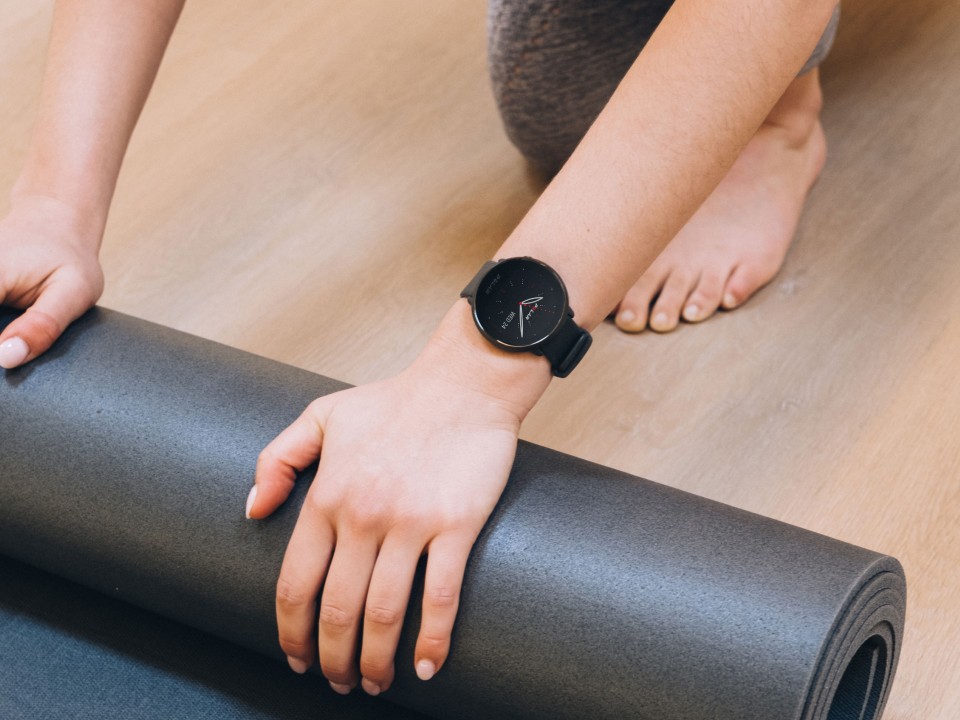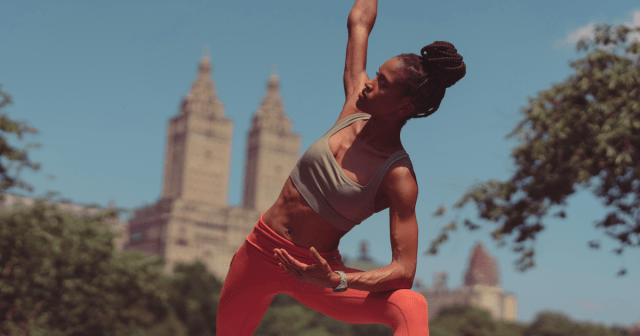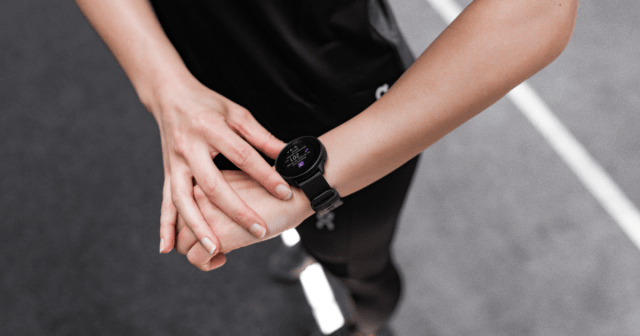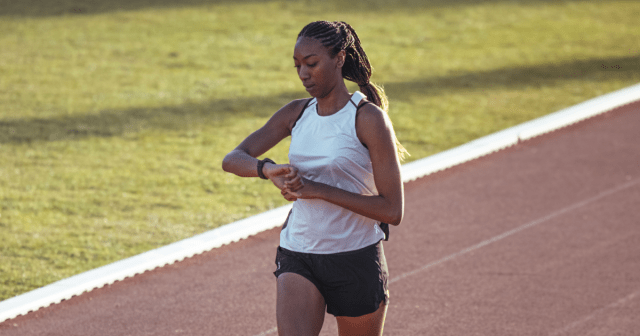Do you long for the days when you could touch your toes? Or do they feel like a very distant memory? How your body changes throughout your life can sometimes feel like an inevitable progression in one direction – but it doesn’t have to.
There are many ways that we can get fit once we’re over 50 and turn the tide on our strength, balance, and flexibility. Yoga is an excellent way for people to improve their fitness in these ways gently. Here are some benefits, tips, and styles of yoga for seniors that can enhance your everyday life over 60 (but you can always start reaping the rewards before then).
Maintaining flexibility after 50 is important as it helps decrease the risk of injuries such as fractures and muscle strains. It also improves your posture and your ability to perform daily tasks.
Donna Noble, yoga teacher and wellbeing coach
Benefits of yoga for seniors
Many people who regularly practice yoga report a range of benefits, from an enhanced positive outlook and mental control to improved self-esteem and self-confidence. It might even give you an immunity boost and relieve stress.
Here are some specific benefits that can improve the lives of people who are 60+.
- Improves muscle tone: we start losing three-to-five percent of our muscle mass each decade after the age of 30, so yoga can help build it back up.
- Strengthening bones: a ten-year study by Columbia University, USA, suggests that daily yoga can improve bone density.
- Reduces anxiety: research from The University of Mississippi, USA, suggests that a regular yoga practice can reduce your fight-or-flight response.
- Improves balance: helps prevent falls by strengthening the muscles that assist with your stability and balance.
- Reduces blood pressure: research from BLDE University, India, suggests that yoga can reduce oxidative stress in the elderly.
- Enhances sleep quality: a 2014 study suggests that regular yoga practice can improve sleep duration and overall quality.
- Assists with arthritis: research from the University of Minnesota, USA, found that yoga effectively managed osteoarthritis in older women.
- Improves respiratory function: research from the University of Brasilia, Brazil, and the University of Trás-os-Montes and Alto Douro, Portugal, suggests that regular yoga can improve respiration.
TIPS FOR STARTING YOGA AS A SENIOR
- Chat to your doctor first: it’s always a good idea to speak with your physician before changing your approach to fitness after 50. They’ll know if you have any particular concerns you should advise your instructor about or exercises you should avoid.
- See what yoga classes are local to you: it’s a great idea to have a search in your local area for classes aimed at you. Try ‘Yoga Over 50,’ ‘Gentle Yoga,’ or ‘Senior Yoga.’
- Ask about the instructor: you should only do classes with a certified instructor. Enquire about their qualifications in advance and ask about their experience working with people who are 50+. You can always ask to watch a class first if you are unsure about anything.
- Start at beginner level: no matter your fitness level, if yoga is relatively new to you, only do beginner-level classes.
- Get comfy: yoga requires loose, comfortable clothing so make sure you can move freely in whatever you wear.

Styles of yoga for seniors
Yoga is an umbrella term for a whole range of different mind-body practices. From sleep meditations to challenging temperatures, it’s always worth researching before signing up for a yoga class so you know exactly what it entails.
This research is essential for seniors. Pushing yourself to do a ‘power yoga’ class or attempting anything too vigorous could result in an injury. So, here are some of the styles of yoga to look out for.
Chair yoga
This gentle practice was developed in the 1980s as a form of therapy. It involves classic yoga poses adapted to be performed while seated in a chair or using it as a yoga aid.
Restorative yoga
This style is a slow, meditative form of yoga, which involves a series of simple poses. The use of props, such as blankets, blocks, and bolsters, is encouraged to enable you to hold each pose comfortably for a prolonged period. It is not uncommon for people to drift off to sleep during this class.
Kundalini yoga
If you are interested in the spiritual and physical benefits of yoga, then this is a style you may want to try. The focus is on awareness and combines chanting, meditating, and breathing exercises along with physical practice.
Hatha yoga
This style is a widespread type of yoga because hatha yoga is the term for the kind of yoga we practice in the West – as a physical practice. However, classes that use this term are usually relatively slow-paced and solely focused on gentle sitting or standing posture.
Iyengar yoga
Pronounced ‘eye-ING-ar,’ this style is an excellent option for anyone with arthritis or a chronic condition. Iyengar is all about proper form and using props to ensure you have the correct form and alignment, making modifications easier.
Yin yoga
If you want to enhance your flexibility or are struggling with stiffness, give yin yoga a try. Like restorative yoga, it involves long-hold poses but focuses on deep stretching, especially with your connective tissues.
Some yoga styles you should approach with caution and only with the ok from your doctor are:
- vinyasa (fast-paced flow)
- ashtanga (quick and challenging postures)
- Bikram (very hot and humid classes – not advised for people with low or high blood pressure or any heart condition).
So, there is everything you need to know if you’re considering trying yoga over 60. It’s never too late to discover something new, so why not give it a try?
If you liked this post, don’t forget to share so that others can find it, too.
Or give it a thumbs up!
I like this article
Please note that the information provided in the Polar Blog articles cannot replace individual advice from health professionals. Please consult your physician before starting a new fitness program.





